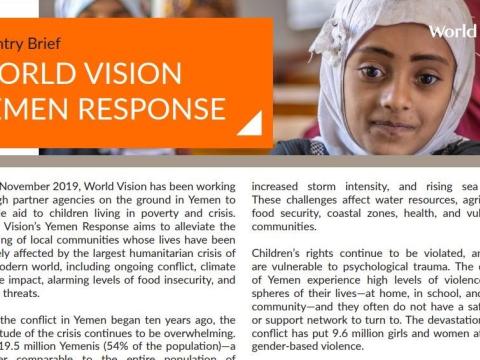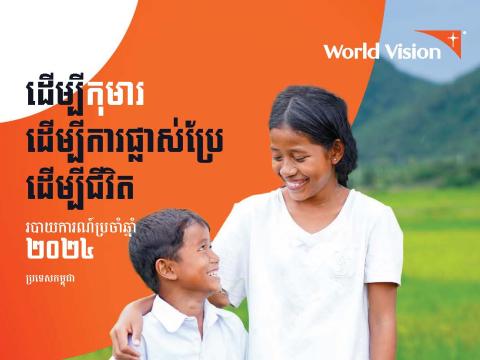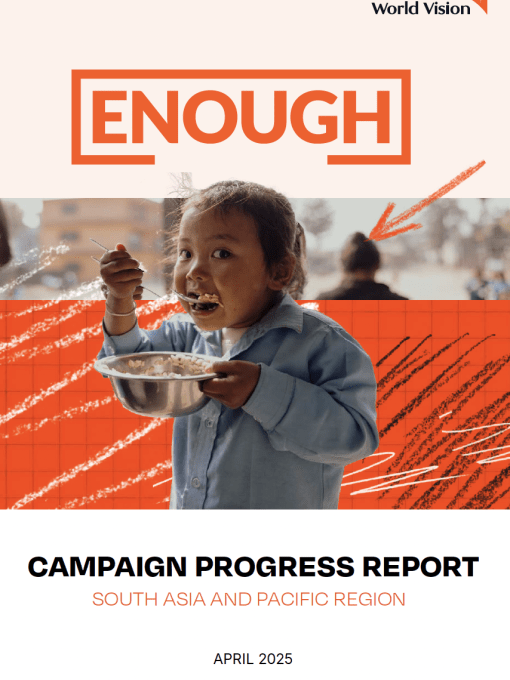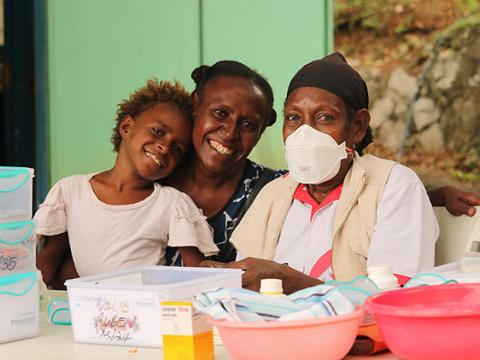Women and Young Child Spaces-the WAYCS Model
DownloadSome of the most vulnerable groups after an emergency are women and children, many of whom are not be able to access services, are voiceless in community consultations and risk malnutrition disease and death.1 During conflict women and children are at an increased risk of violence, including rape. Over 80% of the 42 million people displaced by conflict and disasters are women, children and youth. Humanitarian contexts can increase detrimental family coping mechanisms including reducing quantities of meals, skipping school, early marriage, increasing hours involved in paid labour and reducing food intake and access to health care which increase mother’s and children’s vulnerability towards malnutrition and disease.
World Vision’s focus on ensuring that the wellbeing of children and their family is protected after emergencies, has led to the development of the Women, Adolescent and Young Child Space (WAYCS) model to ensure that the Child Wellbeing outcomes (CWBO) and targets are considered. The model fits within an Infant and Young Child Feeding in Emergencies (IYCF) intervention and not only caters for mothers and children under 24 months, but for women of reproductive age and children up to 59 months (if there is not Children in Emergencies (CiE) program to meet their needs) and their families. This model has a specific health and nutrition focus, but includes activities that will support other sectors including protection, food security and livelihoods, Water and Sanitation and Hygiene (WASH) etc.
Learn more about World Vision's Health in Emergencies Approach: http://www.wvi.org/hiv-and-infectious-diseases/health-emergencies



